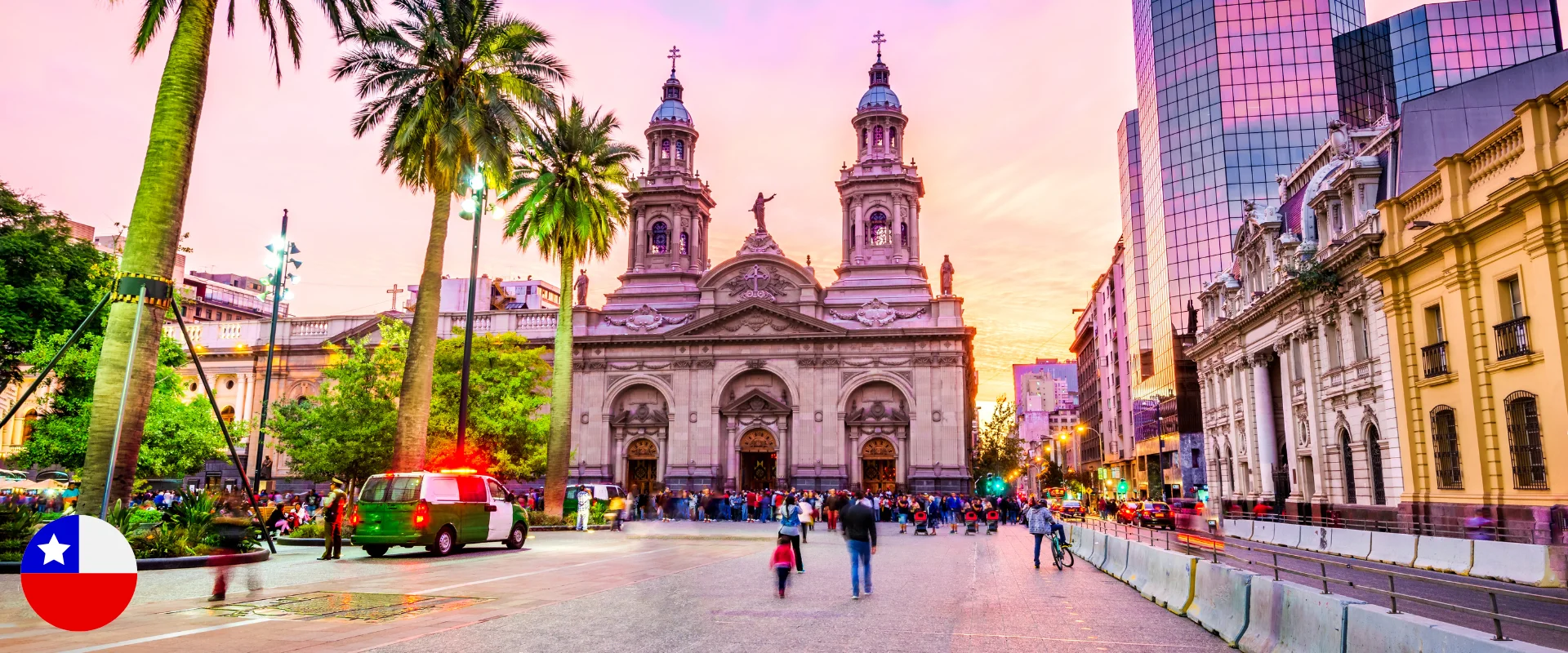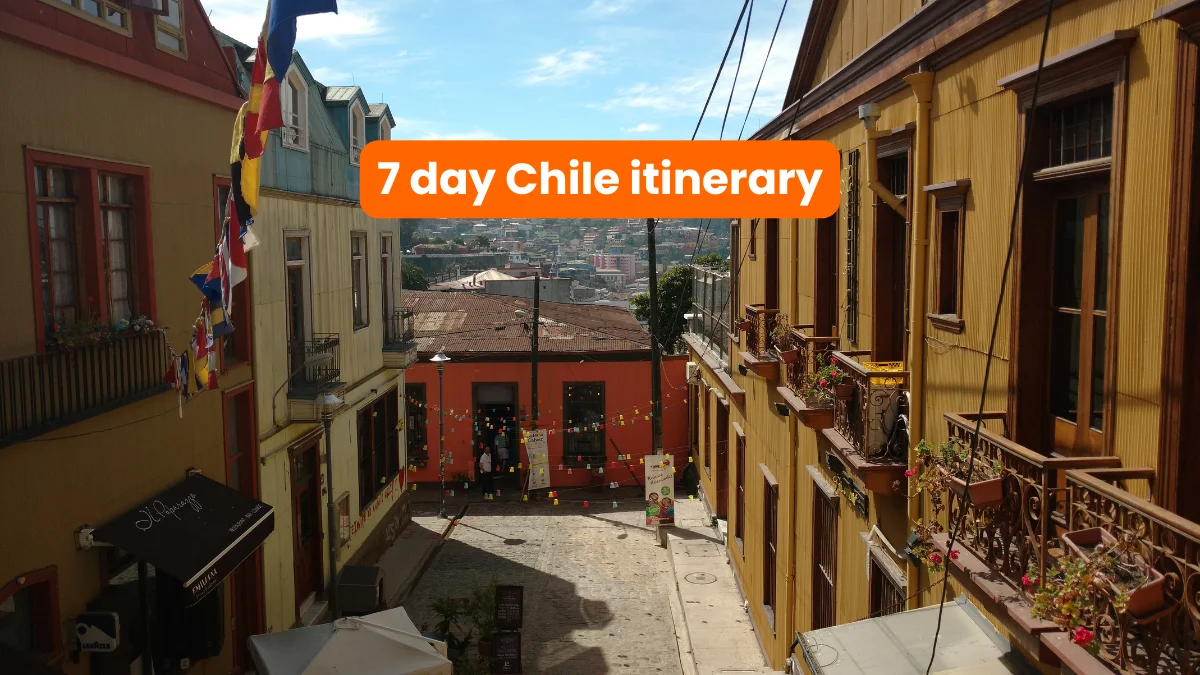Chile’s intricate tapestry of cultural identity seamlessly transitions into its spiritual and religious landscape. From deep-rooted Catholic beliefs to Indigenous spiritual practices, a wealth of traditions offers visitors insight into how the people of Chile connect with the divine and the earthly.
Catholicism and Folk Catholic Practices
The predominant religion in Chile is Roman Catholicism, a vestige of Spanish colonial influence. However, as with many Latin American countries, Chilean Catholicism has naturalized, blending with Indigenous practices and regional folklore to form a unique expression. A significant expression of this fusion is Folk Catholicism, where rituals are laced with indigenous customs and local beliefs, creating unique religious practices across the country.
For instance, the Feast of La Tirana in the Atacama Desert is a vibrant celebration of the Virgin Mary, marked by traditional dances, elaborate costumes, and music that resonate with spiritual fervor. Such celebrations are not just religious events but communal expressions of faith and identity, reaffirming cultural ties and community bonds.
Additionally, everyday spirituality in Chile often encompasses the veneration of local saints and religious icons, showing how mythology intertwines with formal religious doctrine. Chile offers a landscape where ancient spiritual practices and modern belief systems meld, creating a rich spiritual experience that appeals to both the religious and the secular.
Mythical Beings: El Trauco, La Pincoya, Caleuche Ghost Ship
Mythical beings play an important role in Chilean folklore, offering insights into the country’s rich narrative tradition. Among them, the mythical El Trauco is perhaps one of the most fascinating. Considered a charming but mischievous woodland creature, El Trauco is said to have a hypnotic allure that entices young women. Despite his malevolent reputation, some interpretations suggest he is cursed, alluding to the complexity of folklore and how it both defines and reflects societal norms.
Meanwhile, La Pincoya, a mercurial mermaid-like figure, embodies the bounty and power of the sea. She is said to dance along the shoreline, facing the ocean when bountiful catches are destined; if she turns her back, scarcity prevails. Her existence highlights the centrality of the maritime environment to coastal Chilean communities.
Then there’s the mysterious Caleuche, a ghostly ship that is said to navigate the waters around the Chiloé Archipelago. Forged by the magic of warlocks, it appears as a glowing vessel, either to guide or to mislead the souls of unfortunate sailors. Such stories underscore the air of mystery and grandeur tied to Chile’s identity, rooted not only in the mundane reality but enriched deeply by the supernatural.
Rapa Nui (Easter Island) Beliefs and Moai Spirituality
Easter Island or Rapa Nui holds a mythic status in the collective imagination due to its enigmatic Moai statues. These colossal stone figures are the embodiment of a spiritual tradition that believed ancestors held power over prosperity through their watchful gaze from the afterlife. Positioned with their backs to the sea, the Moai protected the people and resources of the island demonstrating a spirituality deeply connected to community life and survival.
The cultural practices surrounding the Moai involve elaborate rituals and offerings, reflecting a belief system rich in symbolism and cosmic order. As part of future discovery, the island has become both a mystical and archaeological icon, drawing curious minds from around the globe seeking to unravel its secrets.
Rapa Nui beliefs and the living presence of the Moai continue to captivate modern-day travelers, inviting them to contemplate the intricate relationship between past and present, spiritual and earthly.
Shamanism, Altiplano Rituals, and Ancient Earth Energies
The indigenous peoples of Chile, particularly in the Altiplano region, have long held spiritual practices that emphasize the sacred connection between humans and the earth. Here, shamanism plays a crucial role, with shamans acting as mediators between the physical and spiritual realms, guiding their communities through rituals that honor nature and cosmic forces.
These rituals often involve offerings to Pachamama, the Earth Mother, reflecting a deep ecological consciousness. Ceremonies are tied to the agricultural calendar and marked by celebrations that affirm the interconnectedness of life. Coca leaves, considered sacred, are often used in offerings, facilitating communication with the divine and the natural world.
This rich tapestry of spiritual practices illuminates the enduring relationship between indigenous communities and their environment, offering travelers a profound insight into how ancient practices endure in modern Chilean life.



